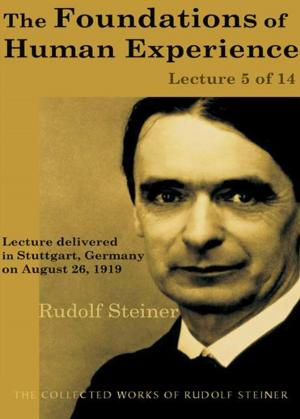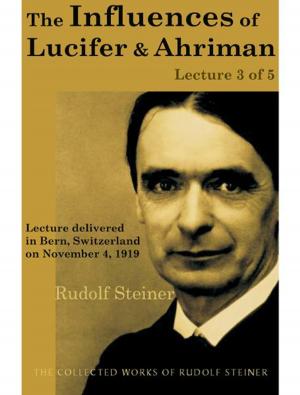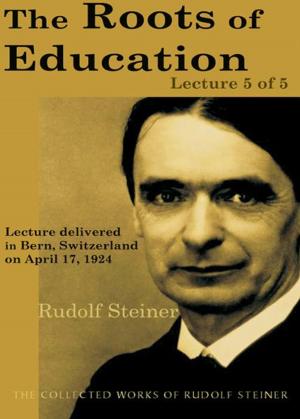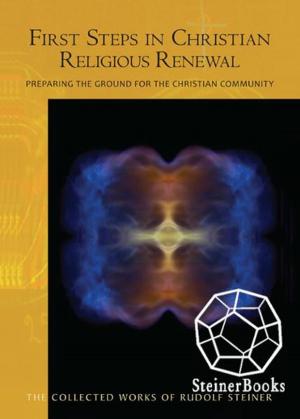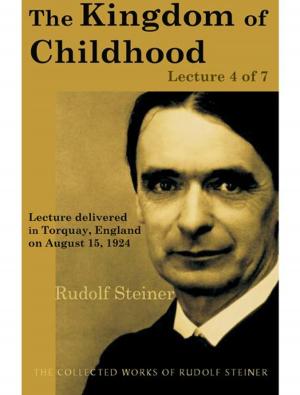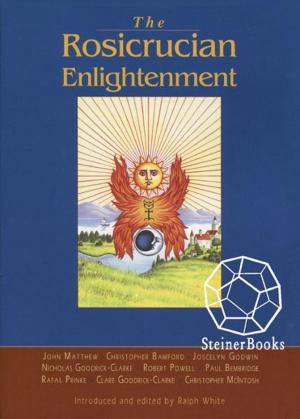Sensitive Crystallization Processes
A Deonstration of Formative Forces in the Blood
Nonfiction, Science & Nature, Science, Chemistry, Crystallography| Author: | Ehrenfried Pfeiffer | ISBN: | 9781621511687 |
| Publisher: | SteinerBooks | Publication: | January 1, 1968 |
| Imprint: | SteinerBooks | Language: | English |
| Author: | Ehrenfried Pfeiffer |
| ISBN: | 9781621511687 |
| Publisher: | SteinerBooks |
| Publication: | January 1, 1968 |
| Imprint: | SteinerBooks |
| Language: | English |
From the Introduction: This book will presumably cause at first a doubtful shaking of heads among some of its readers, by other it will perhaps be laid aside without due consideration because of its "quite impossible" statements. Of what do these "quite impossible" statements consist? Dr. Pfeiffer says that by means of his method crystallizationwithout taking into consideration the plant or the human being under investigationfar-reaching conclusions can be drawn about the the nature of their constitution. The Researching of human blood according to his method permits a judgment of the bodily condition of the owner of the blood and to a certain degree also of his mental state, especially in recognizing conditions of congestion, inflammation, of tuberculosis, sclerosis, cancer and many other diseases. It not only permits the researcher to "read" in the crystallization plate of the existence of diseases, but also to find the location of the disease in the body. He further states that his method permits the testing of remedieswhether they should or should not be employedbefore they are tried on the patient. That sounds indeed unbelievable at first glance. Especially the statementto all appearances fantasticthat the crystallization picture enables the determination of the locality of the diseases. It compels us to suppose that the bloodindeed every drop of bloodpars pro toto (as the part so the whole)reflects not only the entire bodily condition and all its essential pathological chugs, but also that it contains formative forces which direct the crystallizations in such a way that the plate offers in a certain sense a topographical image of the body in which we can behold as, in a magic mirror, everything of importance.
From the Introduction: This book will presumably cause at first a doubtful shaking of heads among some of its readers, by other it will perhaps be laid aside without due consideration because of its "quite impossible" statements. Of what do these "quite impossible" statements consist? Dr. Pfeiffer says that by means of his method crystallizationwithout taking into consideration the plant or the human being under investigationfar-reaching conclusions can be drawn about the the nature of their constitution. The Researching of human blood according to his method permits a judgment of the bodily condition of the owner of the blood and to a certain degree also of his mental state, especially in recognizing conditions of congestion, inflammation, of tuberculosis, sclerosis, cancer and many other diseases. It not only permits the researcher to "read" in the crystallization plate of the existence of diseases, but also to find the location of the disease in the body. He further states that his method permits the testing of remedieswhether they should or should not be employedbefore they are tried on the patient. That sounds indeed unbelievable at first glance. Especially the statementto all appearances fantasticthat the crystallization picture enables the determination of the locality of the diseases. It compels us to suppose that the bloodindeed every drop of bloodpars pro toto (as the part so the whole)reflects not only the entire bodily condition and all its essential pathological chugs, but also that it contains formative forces which direct the crystallizations in such a way that the plate offers in a certain sense a topographical image of the body in which we can behold as, in a magic mirror, everything of importance.

